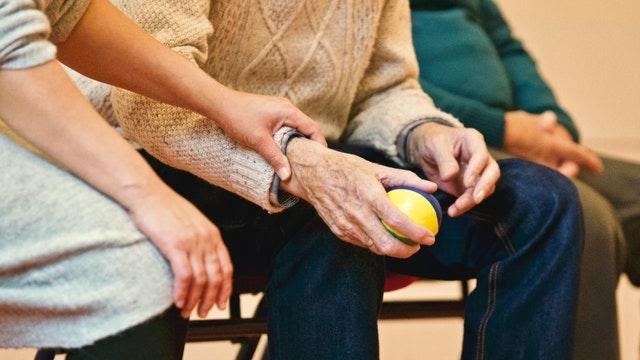Among other things, COVID-19 highlighted the gaps and faults in the American Elder Care System. For example, some of the first recorded patients of the pandemic were residents at a nursing home facility for the elderly. Within weeks, nine residents lost their lives while others were at serious risk of contracting the virus.
However, for people familiar with elderly care, the situation was nothing out of the ordinary. Elderly populations are vulnerable to viral pandemics because of frail health. In addition, most geriatrics live in shared facilities that are prone to pathogens.
However, improvements in healthcare have increased life expectancy and the percentage of geriatrics. As a result, the population will continue to age, and people will become vulnerable to chronic diseases, disabilities, and other co-morbidities. Therefore, our public health sector has to improve treatment plans for the elderly. But, treating older patients is complicated. Most of them rely on insurance providers for their healthcare, which limits treatment options. In addition, there is a chance that they will need preventative and rehabilitative services, increasing the cost of care. Fortunately, older adults can implement some healthy living actions to improve their physical and emotional health.
- Talk to an expert: People sometimes need expert help to overcome health problems. Therefore, talking to a medical professional with a graduate-level degree can help individuals look at health on a broader skill. Several top-tier universities offer online degrees with excellent clinical experience. For example, advanced online MPH programs offer residencies and internships to graduates. These professionals have the right skills to introduce preventative interventions and promote the well-being of patients. So, old patients must consult primary care providers specializing in elderly care and public health.
- Encourage exercise: We often see people telling the elderly not to over-extend themselves and stay in bed. However, as we age, our bodies need physical activity to prevent health problems. Older adults should keep moving throughout the day and avoid a sedentary lifestyle. The CDC recommends doing at least 140 minutes of moderate-intensity aerobic activity per week. However, several geriatrics suffer from limiting health conditions that can affect their ability to do physical activity. They should consult a certified healthcare professional to ask about their exercise regimen to reap health benefits.
- Offer home care options: Nursing homes and retirement communities may not be the correct choice for every elderly patient. However, some people prefer home care options because they find comfort in familiarity. Home care preserves independence and encourages elderly patients to communicate. It also makes them less vulnerable to infectious diseases. Healthcare intermediaries have to understand their unique needs for optimum delivery of home care. Several government-assisted programs such as Medicaid cover home-care services. But, applicants have to fulfill stringent requirements for eligibility. Furthermore, there is a long wait for home-based care.
- Balance affordability with quality of care: Perhaps the fundamental issue in elderly care is that patients have to prioritize financial concerns over the quality of care. Most mature adults use health insurance coverage to cover medical bills. More than 7.2 million older adults use Medicare. But, the program does not cover long-term care assistance.
- Preventive medical checkups: . Since elderly patients are more vulnerable to chronic diseases, they should have regular medical checkups to monitor their health, with health screening Singapore. initiatives often providing accessible optionsOther preventive care options for seniors include annual wellness exams. Seniors with existing chronic illnesses can also benefit from screenings and tests. They can use these exams to discuss treatment options to manage their conditions. Some older adults take several prescriptions to offset the effects of aging. However, most medications have adverse side effects. Geriatrics can use the opportunity to do a prescription review and discuss their concerns.
- A new model for elderly care: The pandemic highlighted the shortcomings in elderly care. Our current healthcare system is not just crumbling, but it is also unsympathetic to elderly care. Therefore, optimum elderly care will need a fundamental overhaul of the care model. The clinical staff must undergo training to cater to elderly populations. Furthermore, public health organizations must implement a strategy to collaborate with family caregivers and address specific issues. More elderly patients opt for home care nowadays. So, the new care model should improve the transition from hospital to home care.
Wrap up:
While we need changes in healthcare to improve elderly care, a high-quality health system must consider the bigger picture. For example, social determinants such as financial constraints, adequate nutrition, transportation problems significantly impact the quality of elderly care. So, medical providers have to collaborate with community-based organizations to target the issues within elderly care.





